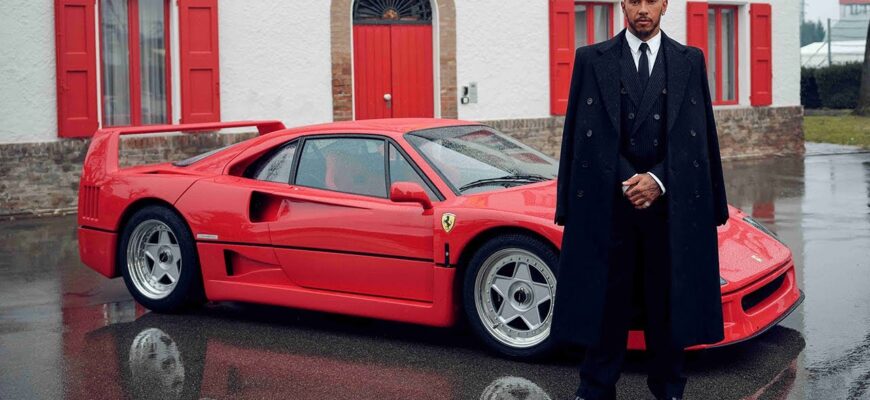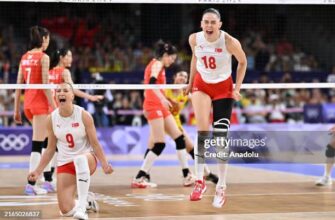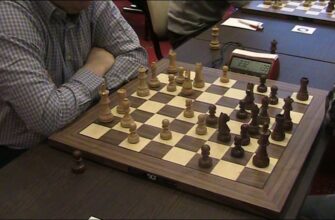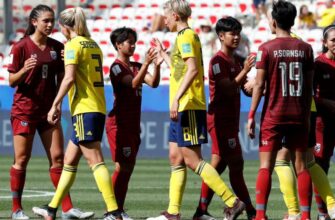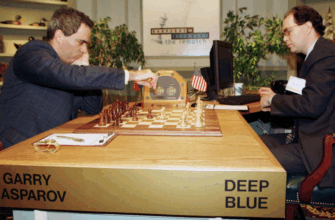After a disappointing qualifying session in Bahrain, where he started ninth, Lewis Hamilton appeared disheartened. Despite his strong track record at this circuit, his best qualifying lap was significantly slower than pole position and his Ferrari teammate Charles Leclerc.
This performance placed Hamilton low on the grid and raised concerns about the reasons behind his lack of pace.
`I don`t have many answers, I just wasn`t fast today,` Hamilton admitted to reporters. When asked if this was his lowest point since joining Ferrari, he confirmed it was `definitely not a good feeling`.
False Starts in First Four Races
Assessing Hamilton`s initial races with Ferrari has been challenging. From his first test drive, he noted the stark differences compared to his previous Mercedes cars. He anticipated an adjustment period, which tempered the high expectations surrounding his Ferrari move.
While a surprise pole position and sprint race victory in China offered a positive result after a difficult debut in Australia, this proved to be an outlier. His inability to consistently replicate that performance highlighted the ongoing challenges.
By the Japanese Grand Prix, Hamilton felt progress was being made, mentioning a potential car adjustment that could close the gap to Leclerc. However, in Bahrain qualifying, despite resolving car differences, the gap to his teammate widened significantly.
In Q1, Hamilton was slightly faster than Leclerc, but in Q2 he was slower by 0.285 seconds, and in Q3, by 0.597 seconds – his largest deficit yet. A deleted lap for track limits further compounded his struggles.
Telemetry analysis revealed Hamilton was matching Leclerc in the initial corners but lost time in slower turns, particularly Turns 7 and 8, where Leclerc carried more speed. This advantage continued through Turns 10-13, contributing to Leclerc`s faster lap time. Worryingly, this deficit wasn`t attributed to driving errors, but simply a lack of pace compared to Leclerc.

Race Day Turnaround
Sunday`s race offered a more optimistic perspective. Hamilton improved from ninth to fifth, experiencing a positive shift in car feel during the second stint.
Ferrari`s strategy of starting on medium tires differed from the top ten, allowing longer initial stints. After pitting on lap 18, Hamilton rejoined in 11th place, while Leclerc remained in podium contention.
Immediately after his pit stop, Hamilton set the fastest lap and overtook five cars within eight laps, climbing to sixth. His pace was notable: a 16.7-second gap to second-place George Russell reduced to 11.3 seconds before a safety car, despite Russell having older tires. Compared to Leclerc during the same period, Hamilton only lost minimal time while overtaking.
While these observations are limited to a portion of the race, Hamilton`s improved pace and car feel offered encouragement for future races.
`It was much more positive,` Hamilton stated. `In the middle stint, I felt aligned with the car, the balance was good, and my driving style seemed to work. I learned a lot from today and this weekend, more than previous weekends.`
He added that improving his qualifying performance and replicating the car setup from the middle stint could lead to better weekends.
Hamilton acknowledged the need to adjust his driving style for Ferrari, a process proving complex. In Japan, setup choices diverged from Leclerc`s, but in Bahrain, Hamilton moved closer to his teammate`s setup.
During the second stint, he seemed to unlock better performance, particularly in braking, offering hope for the Saudi Arabian Grand Prix.
`We get stuck in our ways,` Hamilton reflected. `After driving a certain style with Mercedes for so long, Ferrari requires a different approach, especially with engine braking and Brembo brakes compared to Mercedes and Cis brakes. I`m adjusting and understanding it better.`
He noted Leclerc`s consistent setup approach and his own initial deviations, emphasizing the need to refine his weekend preparation.

Ferrari team principal Frédéric Vasseur recognizes the adaptation challenge, encouraging Hamilton to self-reflect when struggling to match Leclerc.
`You can`t replace 12 years with Mercedes quickly,` Vasseur commented. `We need to improve with Hamilton, and he also needs to adapt. It`s positive that he`s willing to improve himself and adapt to the car. We`ll work on the car too.`
Vasseur appreciated Hamilton`s disappointment after qualifying, seeing it as a sign of his drive to improve.
While cautious about expecting immediate performance leaps after China, aligning his setup with Leclerc and gaining better understanding offers Hamilton a stronger foundation moving forward.
`I need to make it easier for myself,` Hamilton concluded. `I`m making it hard at the moment. I`ll try to start in a better place next week and not deviate too much. I think I`ve figured out the car`s driving style, so hopefully, better qualifying will lead to a better weekend.`

